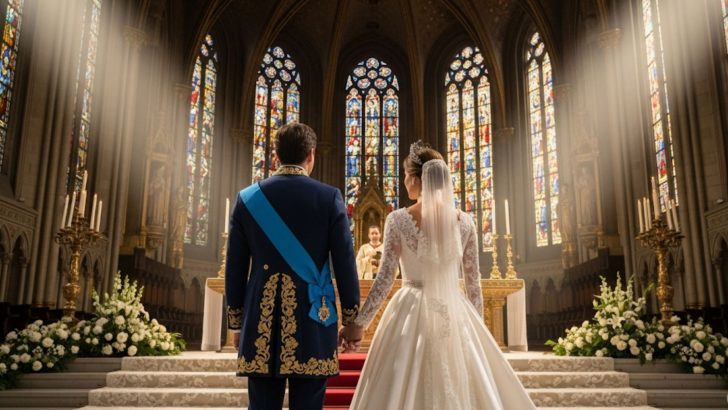Political marriages are often seen as tools of diplomacy, forged to unite kingdoms, secure peace, or expand influence.
But behind the ceremonial unions and strategic alliances, some women turned these marriages into stepping stones for personal power.
In the last 500 years, several brides rose above the traditional role of consort, using their positions to shape politics, culture, and even history itself.
This article explores ten such women who transformed political marriages into platforms for leadership, resilience, and influence, proving that sometimes, the crown on a queen’s head came not just from lineage, but from cunning, courage, and ambition.
1. Isabella Clara Eugenia & Archduke Albert of Austria (1599)
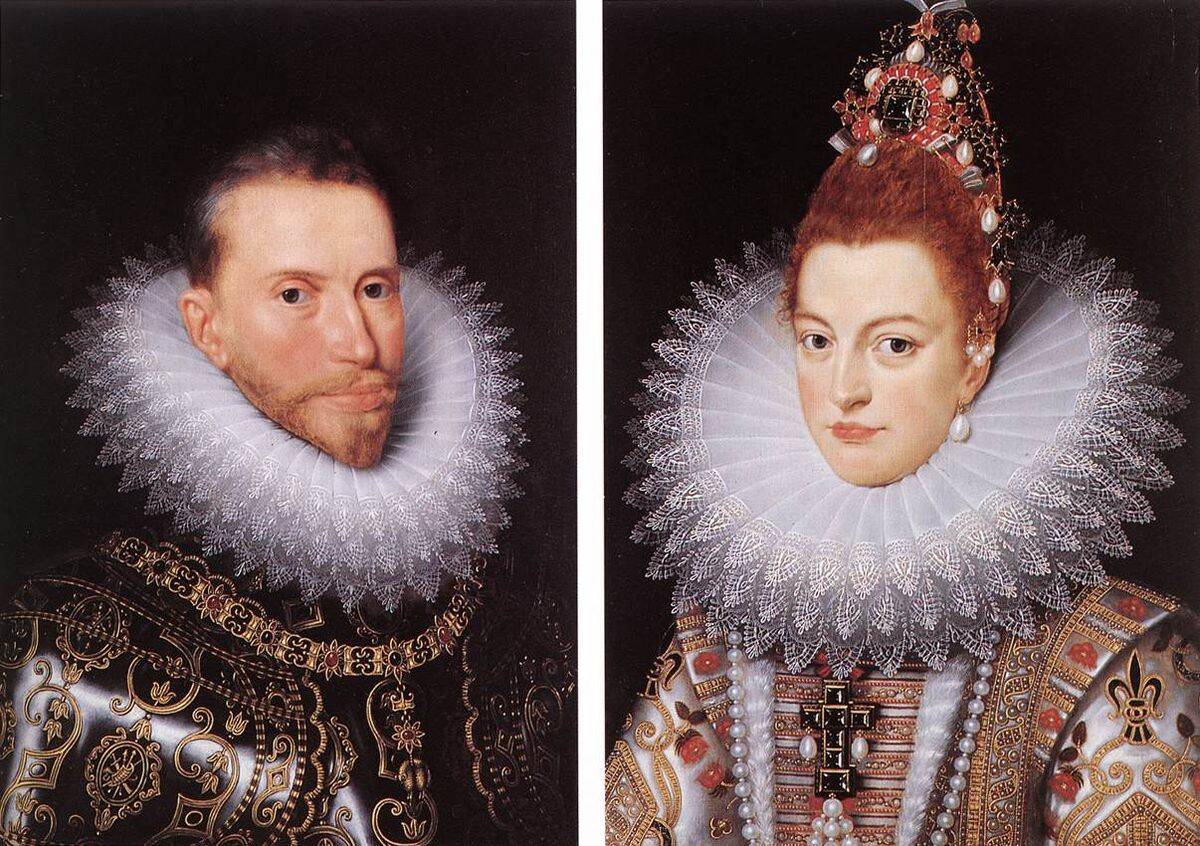
Isabella Clara Eugenia, daughter of King Philip II of Spain, was more than a Habsburg princess, she was a ruler in her own right.
Her marriage to Archduke Albert was a strategic alliance, but it came with an unusual twist: she was granted joint sovereignty over the Spanish Netherlands.
After Albert’s death, Isabella continued to rule alone, effectively becoming a governor and military leader. Her marriage didn’t sideline her, it empowered her.
She stabilized a turbulent region, negotiated truces, and governed with intelligence and authority. In a time when women rarely held power openly, Isabella stood as a capable and politically sharp co-monarch.
2. Elizabeth of Bohemia & Frederick V (1613)
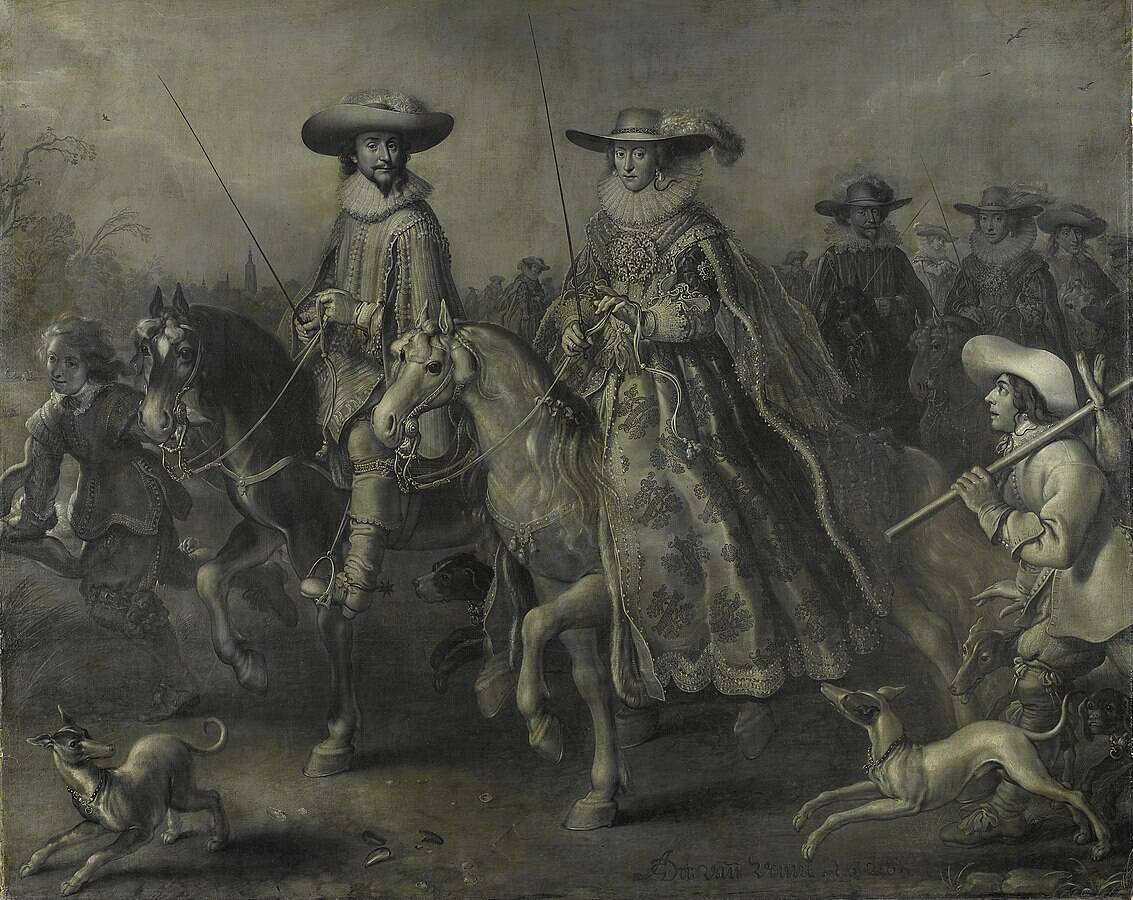
Nicknamed the “Winter Queen,” Elizabeth Stuart of England married Frederick V, Elector Palatine, in a grand Protestant alliance.
Though their reign over Bohemia lasted only one winter, the political ripple effects of their union were huge. Elizabeth played a central role in Protestant politics during the Thirty Years’ War and became a respected diplomat in exile.
Through her efforts, many of her children gained thrones and titles across Europe, including her grandson, King George I of Britain.
While her marriage ended in exile, Elizabeth didn’t fade into obscurity. She became a matriarch of European royalty and a quiet force behind dynastic strategy.
3. Catherine de’ Medici & Henry II of France (1533)
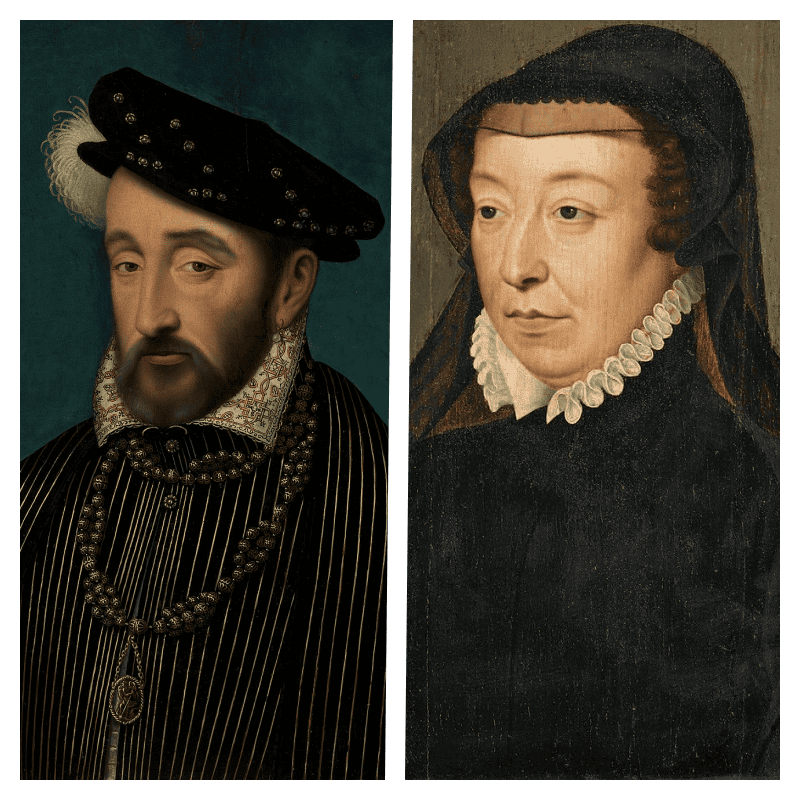
Catherine de’ Medici was born into a banking dynasty, but it was her marriage to the future Henry II of France that elevated her to political queenhood.
Though her husband showed more affection for his mistress, Diane de Poitiers, Catherine became one of France’s most powerful regents.
After Henry’s death, she ruled through her sons and navigated deadly religious conflicts with shrewd diplomacy. Her marriage was politically arranged, but it positioned her at the center of 16th-century European power.
Catherine proved that even in a hostile court, a woman could shape a nation through patience, wit, and strategic influence.
4. Maria Theresa & Francis I, Holy Roman Emperor (1736)
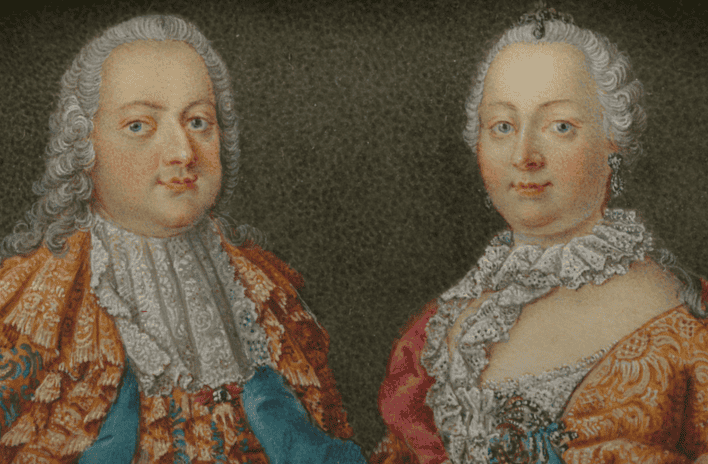
Maria Theresa was already set to inherit the vast Habsburg lands through the Pragmatic Sanction, but her marriage to Francis Stephen of Lorraine solidified her claim.
Although he was later crowned Holy Roman Emperor, it was Maria Theresa who wielded real power. She reformed the economy, modernized the military, and mothered 16 children, including the future Queen Marie Antoinette.
Her marriage wasn’t a backdrop, it was a launchpad. Francis supported her rule but never overshadowed her.
Together, they established a dynasty that shaped Europe for generations. Maria Theresa redefined what it meant to be a ruling woman in a patriarchal empire.
5. Catherine the Great & Peter III of Russia (1745)

Catherine’s marriage to Peter III was arranged to solidify alliances, but it ended up empowering her in unexpected ways.
Peter was immature, erratic, and unpopular – qualities that made Catherine seem like a natural leader by comparison.
After a brief and troubled marriage, she led a coup d’état that overthrew her husband and declared herself Empress of Russia.
Catherine used her marital position as a stepping stone, not a cage. Her story proves how a political marriage—even an unhappy one—can give a clever woman the opening to rise.
6. Queen Victoria & Prince Albert (1840)
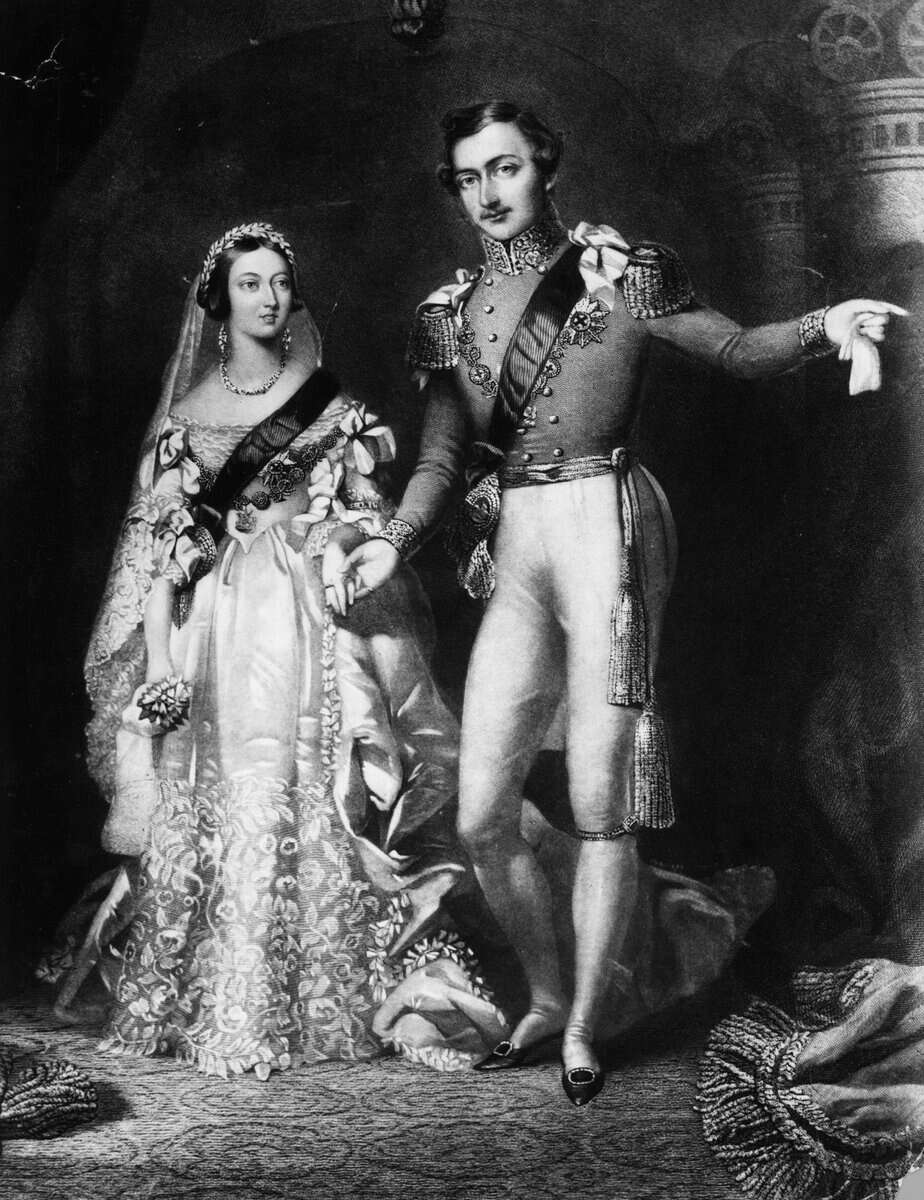
At first glance, Queen Victoria’s marriage to Prince Albert looks like a romantic union. But it was deeply political, and Victoria herself said Albert was “the power behind the throne.”
Their partnership turned the British monarchy into a moral and domestic symbol of stability. Albert wasn’t crowned king, but Victoria trusted him with state matters and governance.
She leaned on him for advice and grew in strength as a sovereign. After his death, she entered decades of mourning, but continued to reign with maturity and resolve.
Their marriage helped Victoria become one of the most iconic and long-reigning queens in history.
7. Empress Dowager Cixi & Xianfeng Emperor (1852)
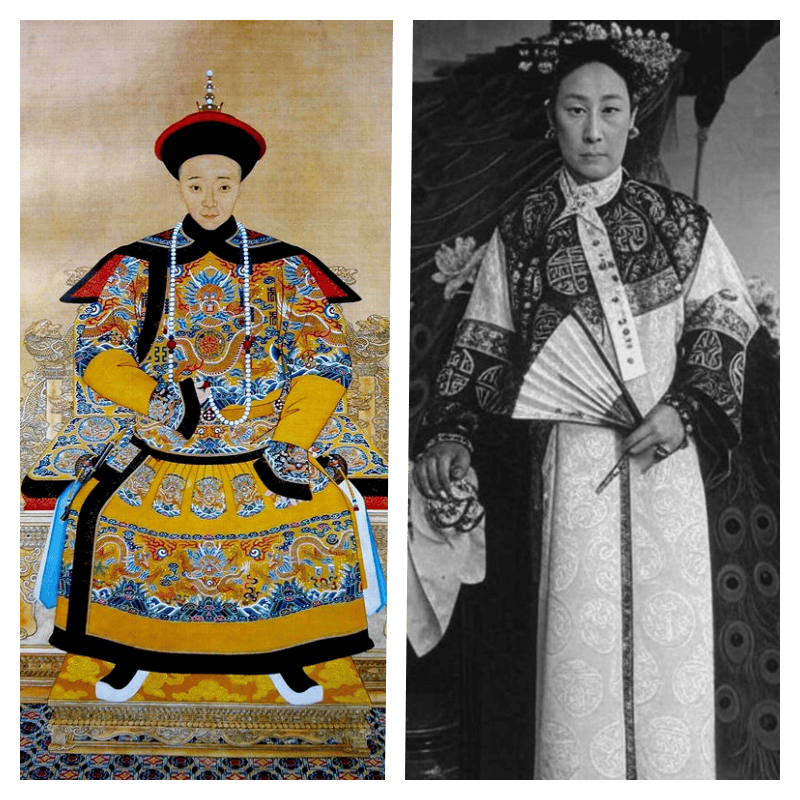
Cixi entered the Qing court as a low-ranking concubine, but her intelligence and ambition set her apart.
After bearing the emperor a son, she rose through the ranks and became Empress Dowager when her son inherited the throne.
Though her marriage was never a romantic partnership, it gave her a platform to seize real political power. Cixi ruled China behind the curtain for nearly 50 years.
Her political acumen turned a subservient role into one of ultimate authority. Cixi wasn’t empowered by love, but by how she played the game of marriage and court.
8. Queen Elizabeth II & Prince Philip (1947)
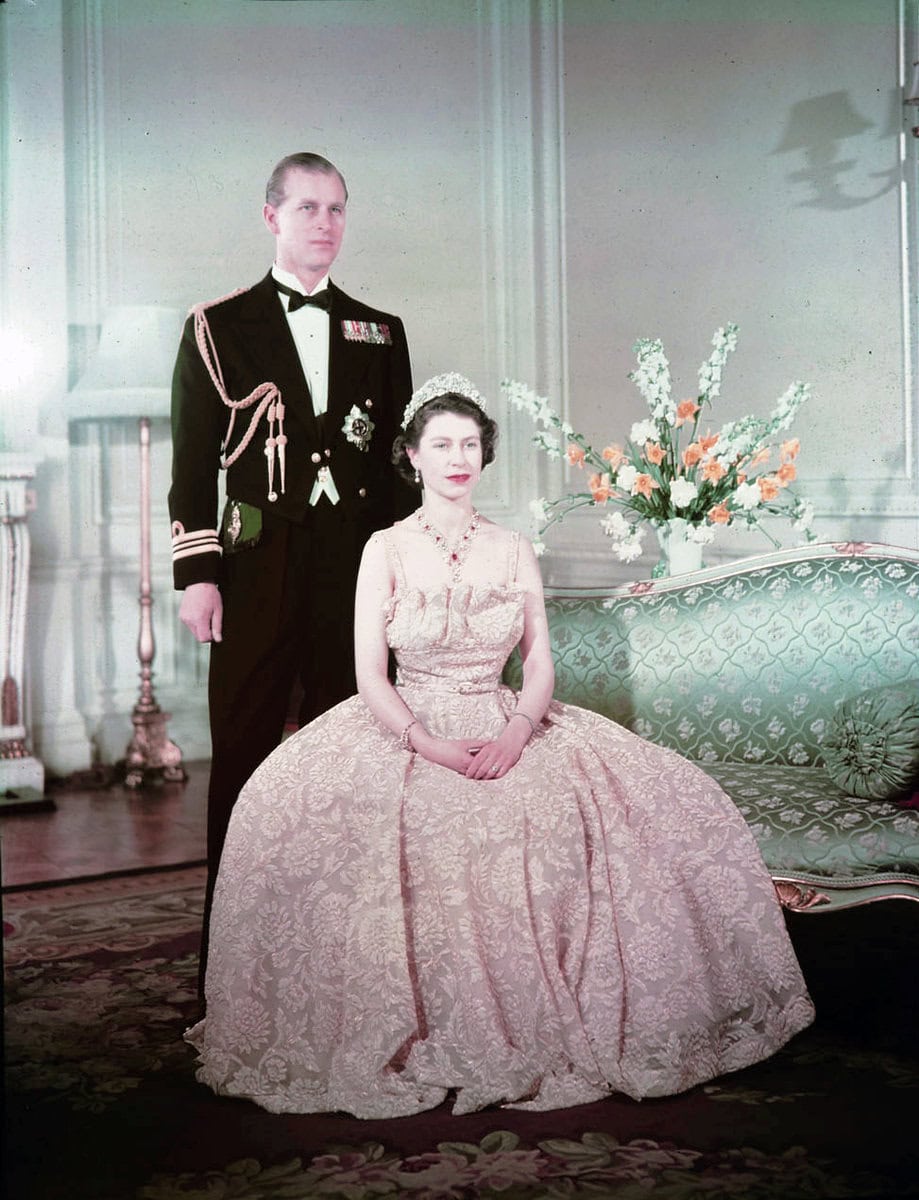
When Elizabeth married Philip Mountbatten, many questioned if a man with Greek and Danish roots could support the future queen.
But the partnership proved incredibly empowering for Elizabeth. Philip modernized the monarchy’s image, supported her emotionally, and stepped aside publicly so Elizabeth could lead.
While he was outspoken and independent, he accepted his role as consort, allowing Elizabeth to be the singular monarch.
Their marriage was a true collaboration; he strengthened her reign without competing for power. Having a partner who believed in her leadership helped her become the longest-serving monarch in British history.
9. Marie Antoinette & Louis XVI (1770)
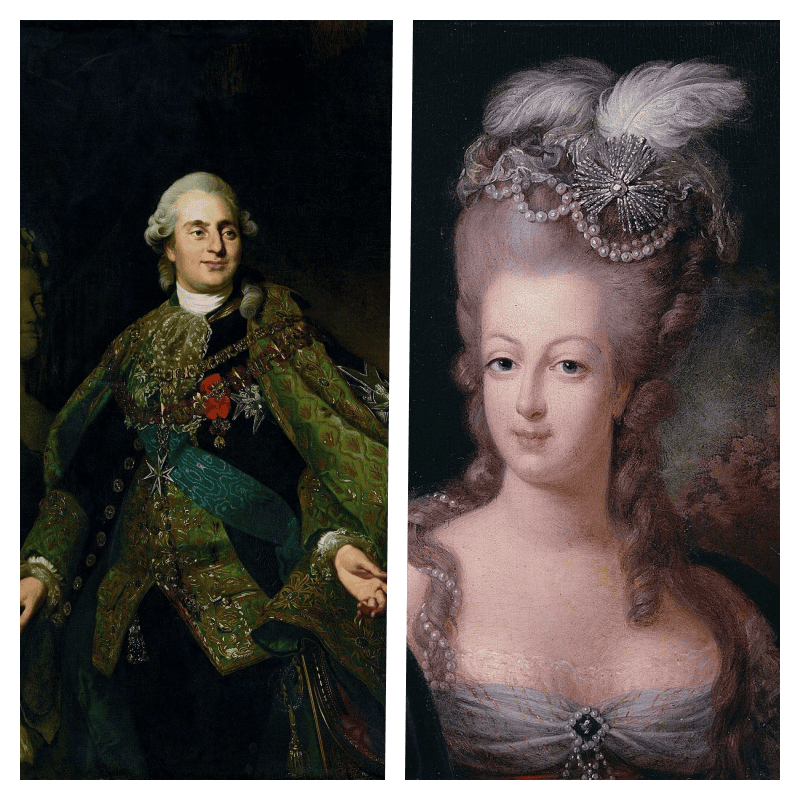
Marie Antoinette’s marriage to the future Louis XVI was arranged to seal peace between Austria and France. Though she was just a teenager, the alliance thrust her into one of the most powerful courts in Europe.
While she’s often remembered for extravagance and scandal, her early years in Versailles were marked by intelligence and attempts to modernize court customs.
As queen, she navigated immense public pressure and political hostility. She used her charm and social influence to support allies and advocate for Austrian interests.
Her marriage gave her visibility, and even in her downfall, she shaped history through presence, symbolism, and strength.
10. Margaret of Parma & Alessandro de’ Medici (1536)
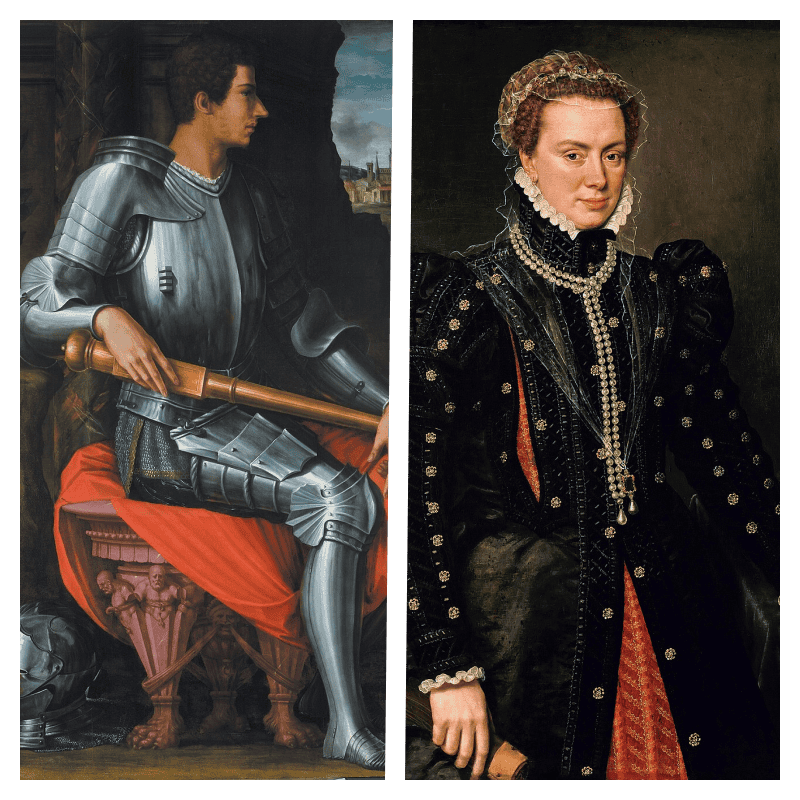
The illegitimate daughter of Holy Roman Emperor Charles V, Margaret of Parma was married off to Alessandro de’ Medici to secure alliances in Italy.
While their union was short-lived due to Alessandro’s assassination, Margaret’s political career soared afterward. She went on to become Governor of the Netherlands twice and ruled on behalf of her half-brother, King Philip II of Spain.
Her marriage opened doors to high politics and placed her among Europe’s elite. Unlike many women of her time, she was entrusted with military command and legal authority.
Margaret’s story shows how even brief political unions could catalyze lasting female empowerment.

自出生以来,我一直感觉到自己与神灵有着紧密的联系。作为一名作家和导师,我的使命是帮助他人在最黑暗的时刻找到爱、幸福和内心的力量。

